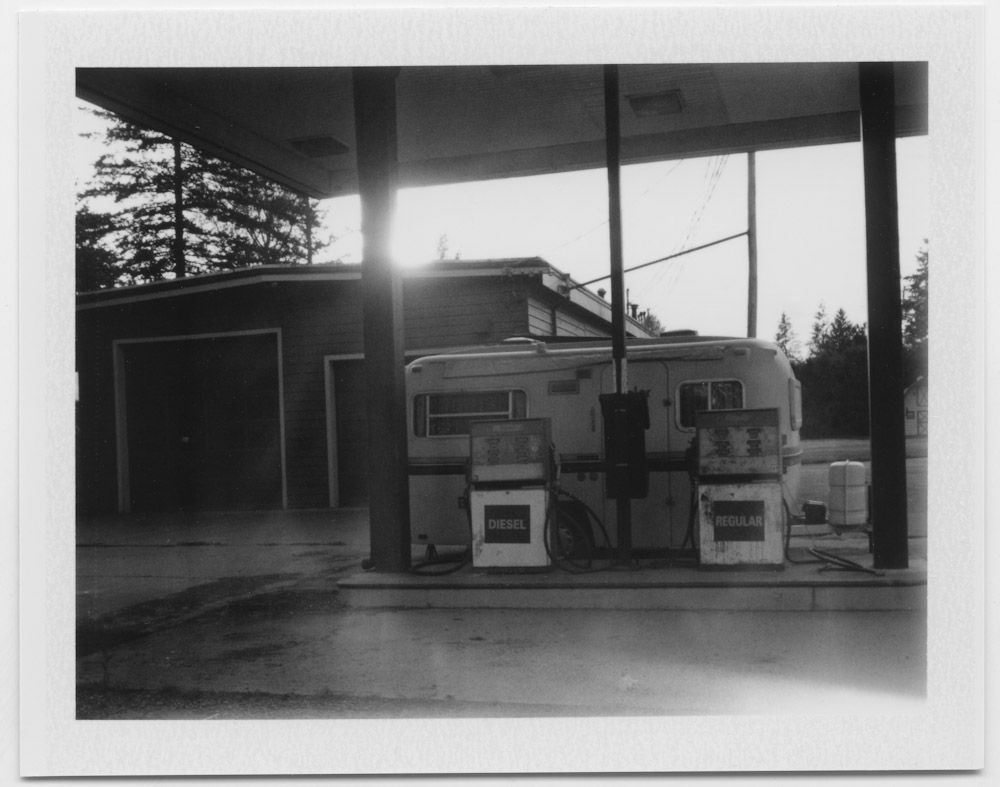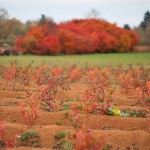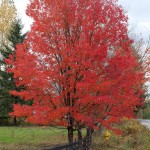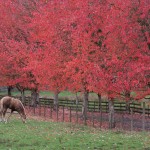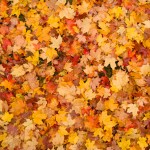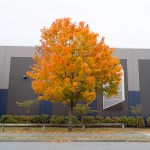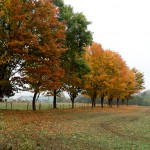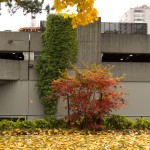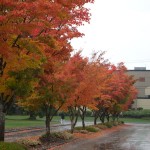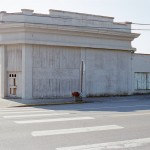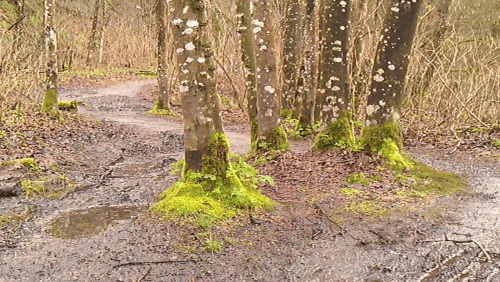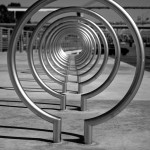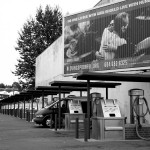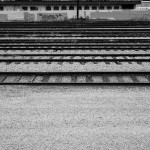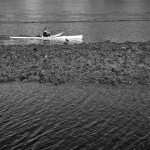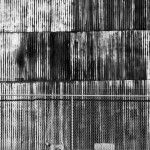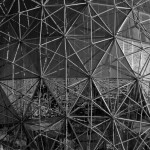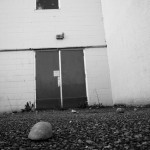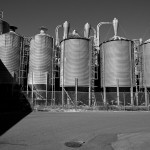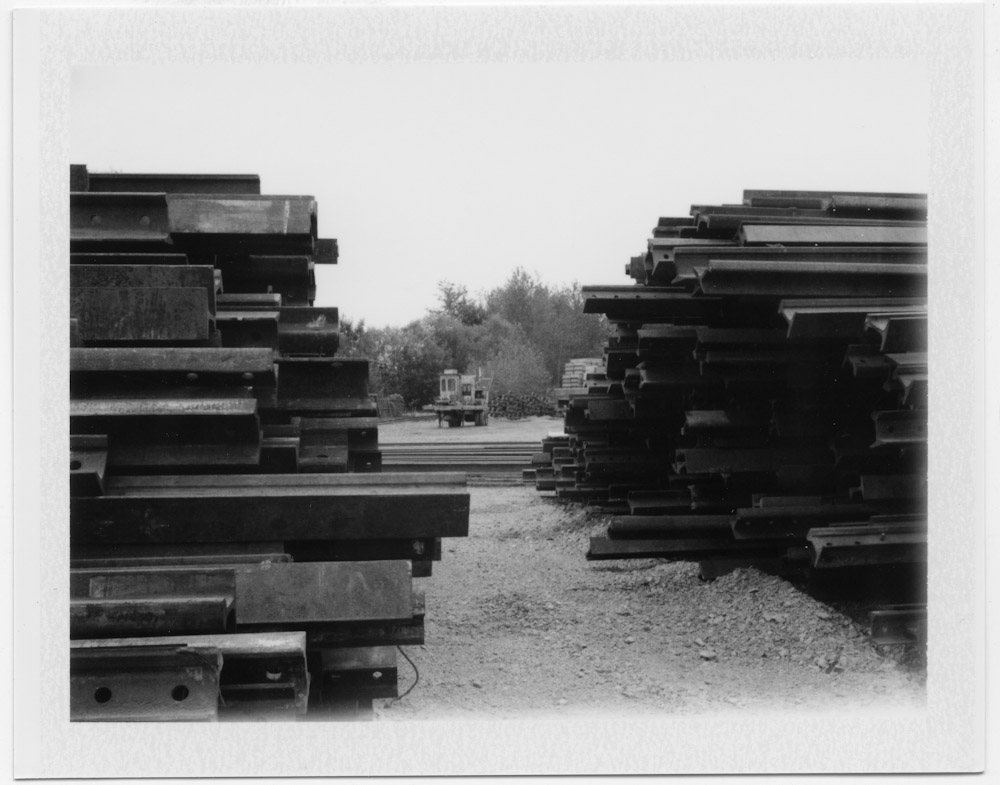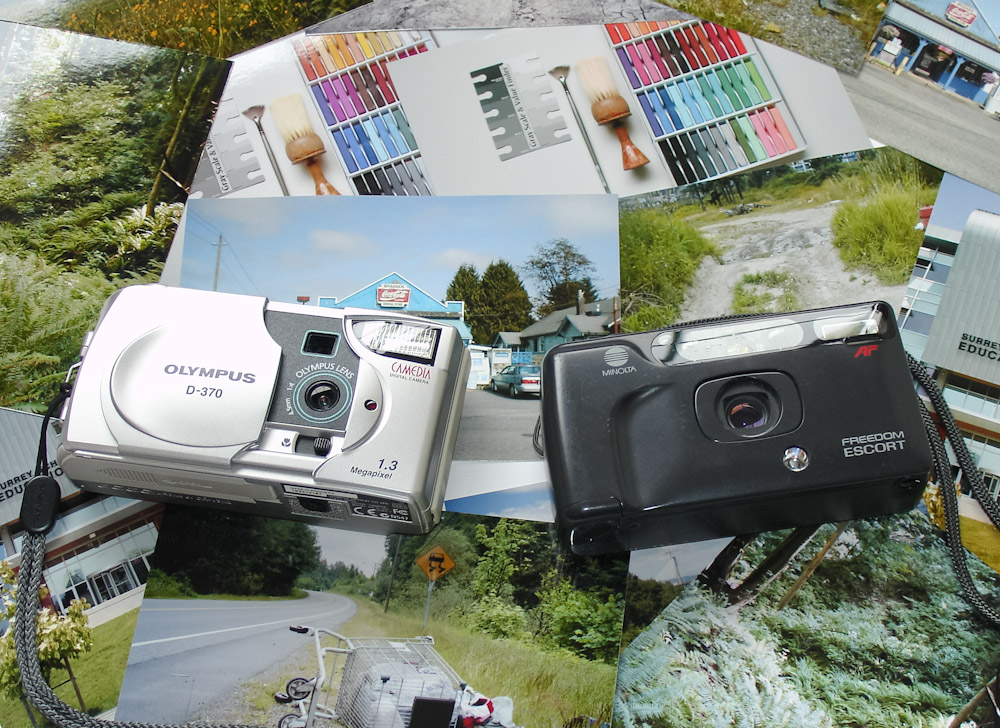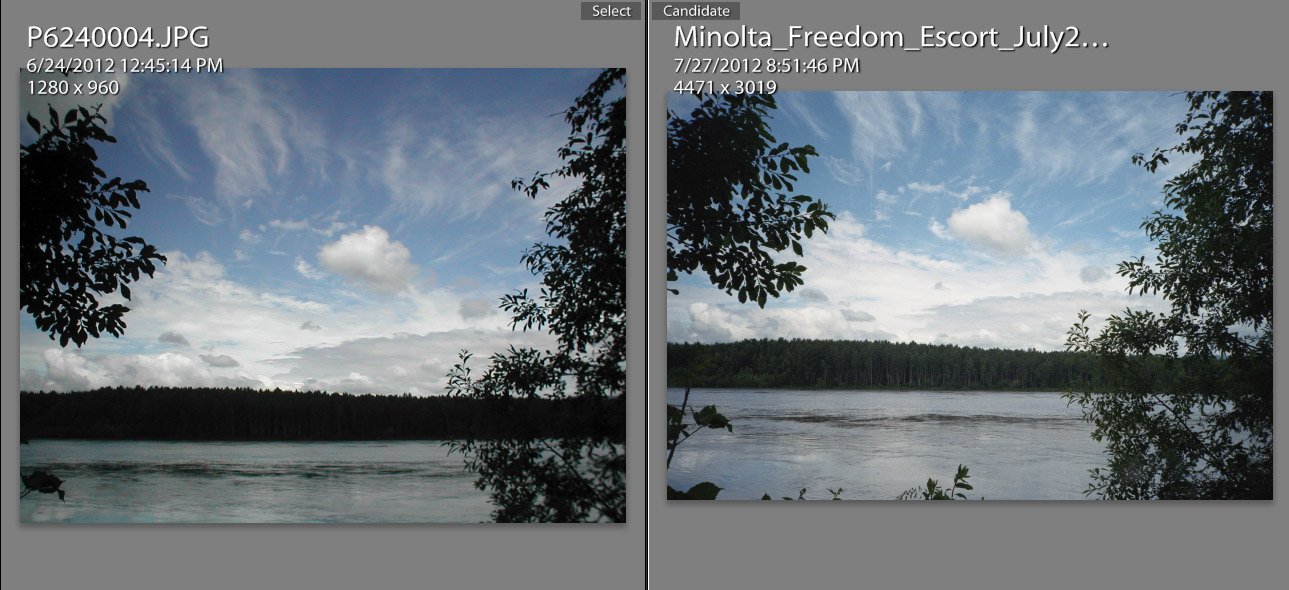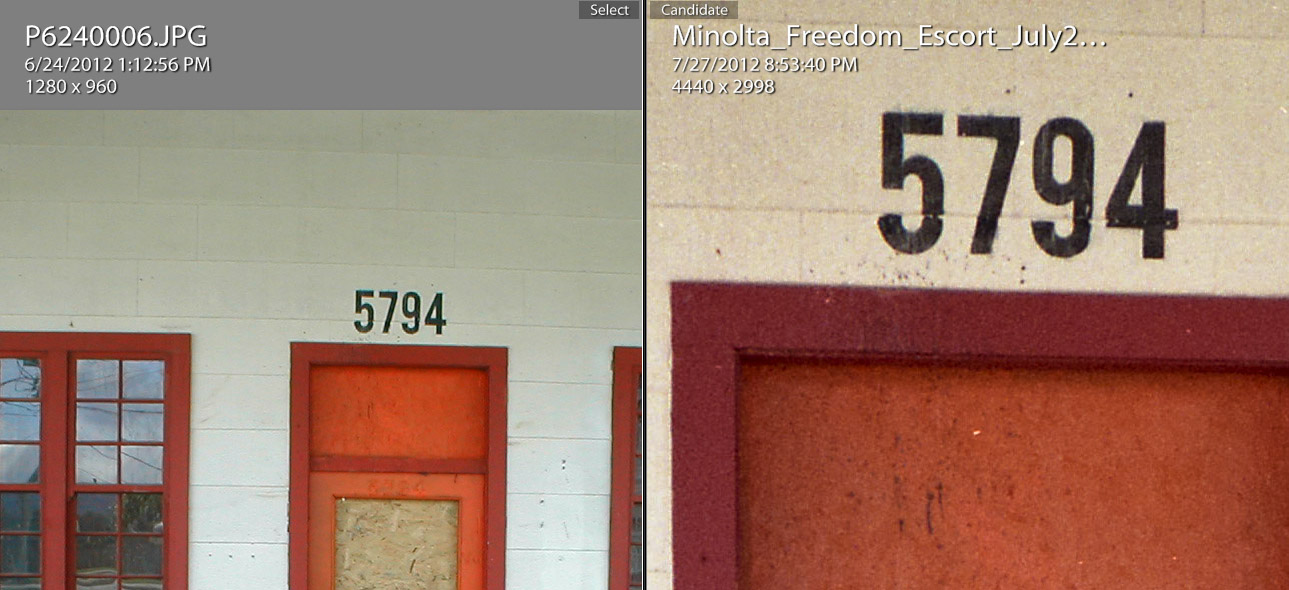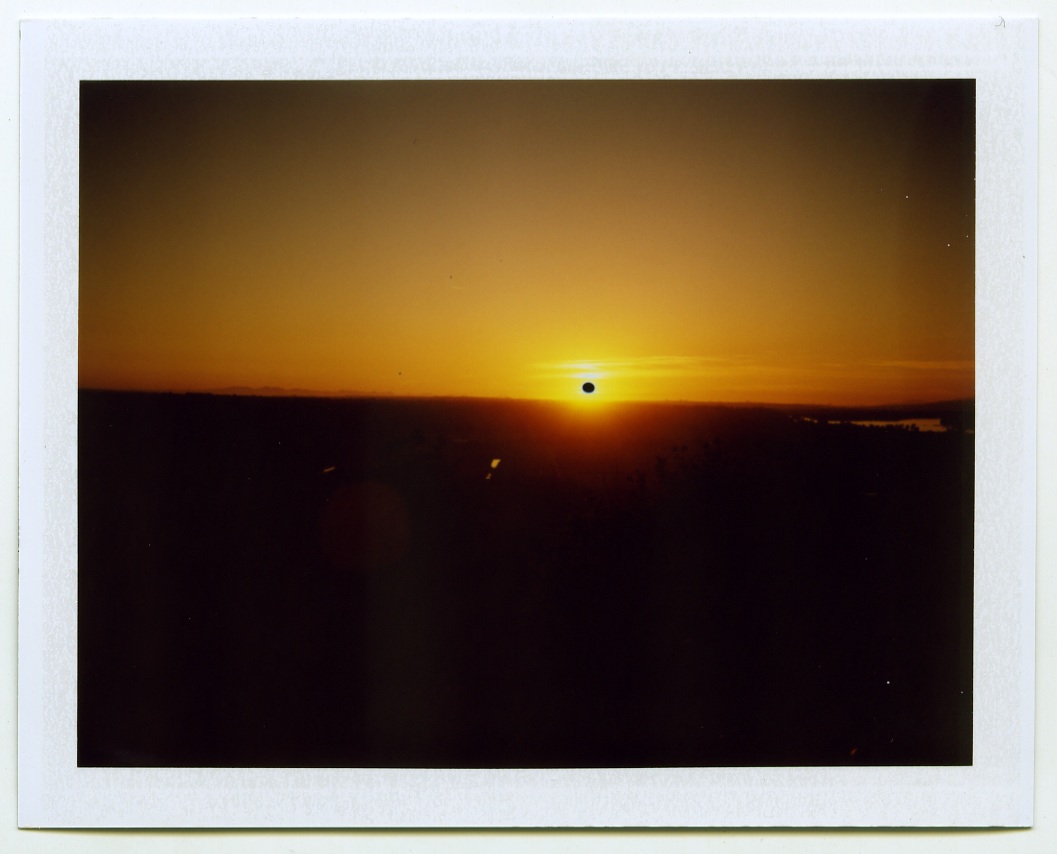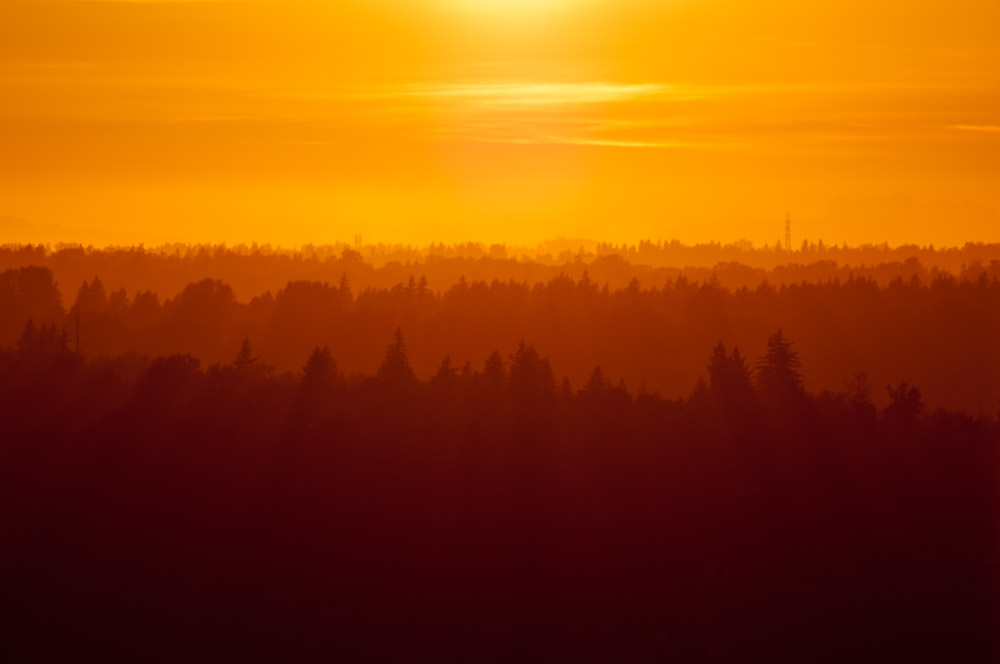Autumn colours 2012
I can’t help myself, I absolutely love the colours of autumn, and enjoy taking and looking at photo’s of the changing leaves. Here are some of my picks from this autumn and here are last years Autumn Colours 2011
Pentax Super Program and 40mm Pancake
While not quite pocketable the combination of the Pentax Super Program and the M40 Pancake lens does make a relatively small package. I used some off brand film that was outdated by 6 years but it seems to be fine for this use and I made some extreme adjustments to the digital files anyway.
Other cameras in this small SLR class would be the Nikon FG and the Olympus OM-1 both alternatives having better direct exposure controls.
Fuji W3 vs HTC Evo 3D the showdown in the third dimension.
I’ve been thinking about how to demonstrate the difference between these two 3d “cameras” but it’s not really possible in this 2d format. So it comes down to words I guess. Starting with the screens , despite the fact that both units display a 3d image without the need of glasses the Fuji screen is far superior. The 3.5″ Fuji screen has 1.15Mpixels doubling the HTC’s 4.3″ touchscreen with 540 x 960 resolution. The images displayed on the Fuji are clearer and more colourful. The difference continues with the lenses and sensors, The Fuji has two 10Mpixel 1/2.3″ CCD behind 3x zoom lenses that provides 35mm equivalent focal lengths of 35 to 105mm. The HTC lens and sensor are a bit of a mystery to me but they are a pair of 5Mpixel units and that is halved again when shooting 3D. The fact is it isn’t much of a contest, the Fuji is better all around but then it doesn’t make phone calls or post to Instagram. The surprise reaction of people who see the 3d image suggests to me that it is still a bit of a gimmick, this is also true because of the difficulty of doing anything with the 3d image. I don’t own any other device to display 3d images so they really are only of interest on the camera itself for now. In a sense when I’m taking 3d pictures I’m hedging that they will be of greater interest in the future. This is almost a truism of all photography as they represent a moment in time that won’t be repeated. I’m just doing it in an extra dimension.
The first image is down-sampled from the 7Mpixel Fuji file and the second from the HTC’s 2Mpixel file. At full resolution the difference is much more apparent.
This mix of samples from the two “cameras” are being displayed as animated GIF’s or wigglegrams. The two images are toggling back and forth giving a view as if you stopped time and moved your head from side to side, you can stop time can’t you?
Black and White conversions of digital files taken in September 2012
A long post title but discriptive which makes me wonder if I really need to say anymore.
Fuji FP3000B with the #Polaroid 310 (Number 1)
After finishing the pack of Fuji Fp100C in my Polaroid pack film camera I loaded it with Fuji FP3000B and I am smitten. While I enjoyed the results from the colour film I haven’t been completely sold on it. There is a coolness to the colour and the image clarity is not spectacular. With this faster black and white film (3000 ISO) though the camera is stopped down considerably allowing the lens to perform better. It just seems to be the right film for the camera and the era, you expect a black and white print to come out of this camera.
Glutton for punishment
I have a mix of outdated APS film that must have been stored in the desert, the results are horrendous producing “thin” (see note) negatives that have horrible colour casts mostly a sickly green with red shadows. Oh well isn’t that what Instagram does? I’m embracing this and just shooting it anyway.
Speaking of Instagram this little roll of APS has an interesting social media life. The local camera shop where I have my film developed had an issue with their film developer so they sent this roll out to be processed at another store where they have custom work done. Now we’ll say the film was lost track of, not actually lost just a lack of certainly of where it was. It’s at this point that the person doing the developing takes an Instagram shot of the APS roll to show the old school 1990’s. If your still following me, the person at the first store sees this and asks if the name on the package is for Koopmans (that’s me) and it turns out it is. Film found, the moral of the story is that Instagram is good and APS is old school.
These images were shot with the Pentax Efina T which I will give another try because it really isn’t the cameras fault I loaded it with crappy film.
* A thin negative in this case is one with low amounts of silver halide forming the image resulting in a negative that has low density and contrast, not a lot of information captured. There really is no digital analogue but if you can imagine the histogram it would be a very narrow spike. (yes I just did that, using the noun analogue in reference to the adjective digital)
Film vs Digital the battle of 2001
It’s pretty much universally accepted that digital photography today provides a better outcome than film as well as a better user experience. Now with more than a decade of digital being mainstream I’m having a look back to see just when that barrier was crossed for the average user. For this comparison (there may be more) I selected two cameras that were available in 2001. The Olympus D-370 is a 1.3Mpixel (1280×960) camera with a 4.5mm F4 lens with 5 elements that gives a 35mm equivalent field of view. And weighing in for film is the Minolta Freedom Escort with it’s 34mm F3.5 four element lens and it’s filmyness. To be fair the Minolta is about ten years older than the Olympus but the film is new.
Seeing as most people get prints that are 4×6 I thought I would see if at this size snapshots from the two cameras would be comparable. At that size the (1280×960) of the Olympus should give nearly 220 pixels per inch. I scanned the negatives at higher resolutions but downsized to a comparable 240 PPI for printing. Both cameras actually produced decent 4×6 prints but the film camera took the edge with it’s better lens and films superior dynamic range.
The Olympus prints were only sharp in the center and the sensor couldn’t record much detail in the dark areas of high contrast images. The Minolta with Fuji Superia film was able to record much of the range of any of the scenes and a lot more detail.
So what exactly does this prove? Well for one thing the output quality of pretty much every camera for the last 10 years has been adequate for making 4×6 prints and web sized images. It wasn’t all flowers and butterflies though if anyone cares to remember the difficulties with getting your images off of a camera and into the computer around that time. The other thing it proves is that this was not the time where digital exceded film for the average user not using an SLR or DSLR.
Here are two comparisons the last one zoomed in to one to one, leaving no doubt about films 2001 superiority.
From here I will pick a different camera combination with higher megapixels and see if I can find that cross over point.
There’s a little black spot on the sun today….
Actually it’s more like a black hole sun on my Fuji instant print. I’ve never seen this before but I believe it’s solarization. A quick look through my 1978 edition of The Manual of Photography explains that at a certain point of the exposure curve of a negative the density actually starts to decrease. It also suggests that the exposure required is “commonly on the order of magnitude of one-thousand times greater than normal” . That sounds like the sun to me.
In addition to pointing the camera straight at the sun I also used a Cokin 85C filter to make sure the image was nice and warm. I’ve found that FP100c produces prints on the cool side of the spectrum especially when compared to the Polaroid Spectra I’ve also been shooting.
Here is a digital shot I took just a little earlier.
